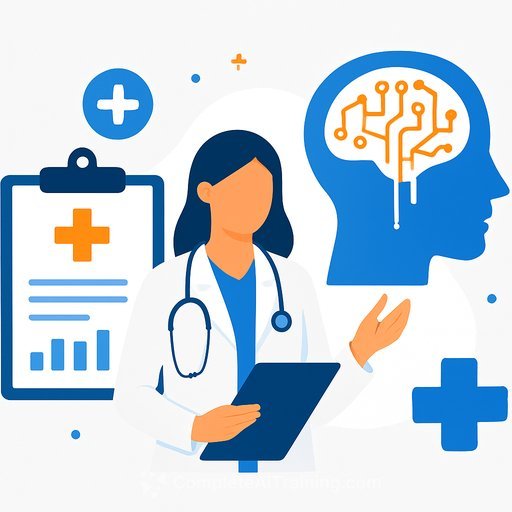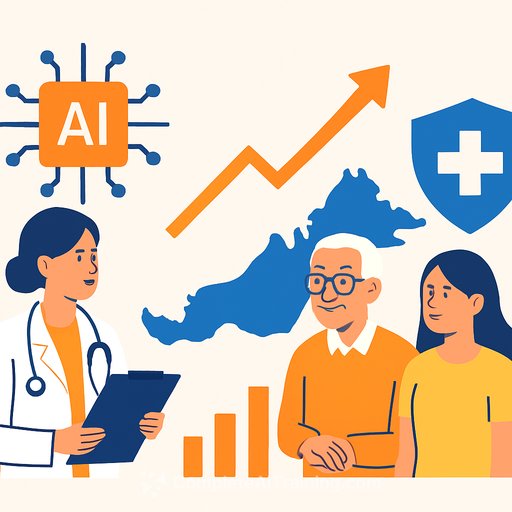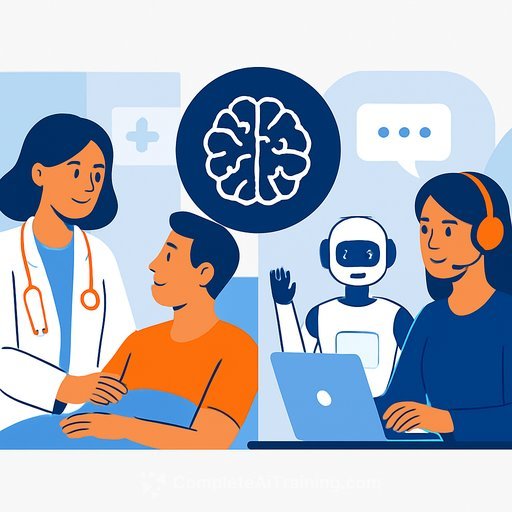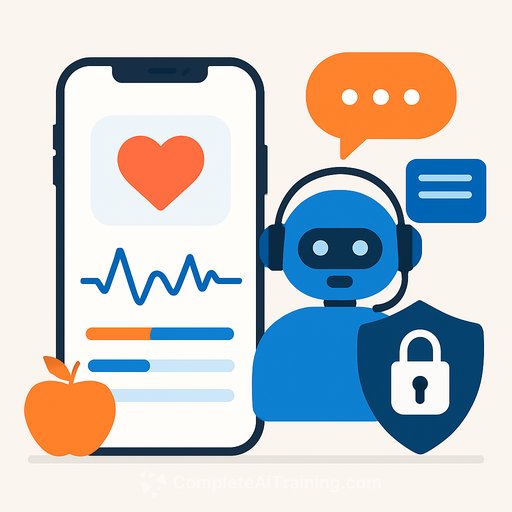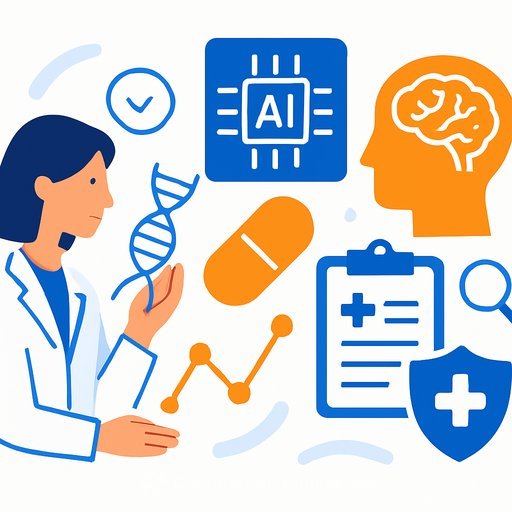Inside KFSHRC's AI Shift: Trust, Efficiency, and the Future of Care
At King Faisal Specialist Hospital and Research Centre (KFSHRC), AI isn't a side project. It's built into daily care across radiology, clinics, and command centers-quietly speeding up decisions and reducing friction for clinicians and patients.
More than thirty in-house AI solutions are live, with five new agents added in 2025. They interpret images, draft notes, translate medical content, and analyze complex datasets to make care faster, safer, and more sustainable.
Built in-house, governed for safety
The Centre for Healthcare Intelligence (CHI) is the engine. Data scientists, engineers, and clinicians co-develop models using local data under strict privacy and governance. Every system is validated, monitored, and recalibrated to keep recommendations reliable, unbiased, and clinically relevant.
Clear principles that guide every deployment
- Responsible governance: Transparent oversight, privacy-by-design, bias audits, and clinical validation before and after rollout.
- Digital empowerment: AI supports human judgment-never replaces it-so clinicians keep control while reducing repetitive work.
- Value-driven impact: Measure what matters: time-to-diagnosis, safety, outcomes, staff workload, and resource utilization.
What's live in clinical and operational workflows
- Image triage in seconds: Chest X-ray and brain CT models flag critical findings to prioritize care.
- Generative tools for documentation: Drafts for discharge summaries, patient communications, and translation to cut admin time.
- Operational forecasting: Predictive analytics track bed flow, ED load, and staffing needs so teams can act before pressure builds.
Why clinicians feel the difference
AI trims the repetitive work so teams can focus on clinical nuance and patient conversations. As Deputy CEO Dr. Björn Zoëga notes, AI can relieve doctors and nurses from repetitive tasks, accelerate diagnostics, and improve efficiency-but technology must sit within transparent oversight and regulation to ensure access and fairness for all patients.
From pilots to production: the operating model
- Co-development: Joint squads of clinicians, data scientists, and engineers build for real workflows-not demos.
- MLOps discipline: Versioning, drift detection, and human-in-the-loop review keep models safe and useful over time.
- Clinical guardrails: Clear escalation paths, decision support that explains "why," and opt-out controls at the point of care.
- Continuous evaluation: Post-deployment audits for performance, bias, safety events, and net clinical benefit.
Metrics that matter (and you can borrow)
- Imaging turnaround time and time-to-treatment for critical findings
- Prioritization accuracy and false-positive/false-negative rates
- Bias checks across age, sex, and relevant patient groups
- Documentation time per case and clinician satisfaction
- Bed flow, ED boarding time, and elective case throughput
- Data privacy events and audit outcomes
Recognition of a mature AI ecosystem
KFSHRC ranks first in MENA and fifteenth globally among academic medical centers for 2025 and is recognized by Brand Finance as the region's most valuable healthcare brand. It also appears in Newsweek's World's Best Hospitals 2025, Best Smart Hospitals 2026, and Best Specialized Hospitals 2026.
What this means for your hospital
- Start narrow: Pick 2-3 high-volume, high-value use cases (e.g., chest X-ray triage, discharge summaries).
- Build governance first: Data access, privacy, bias policy, clinical approval, and rollback plans.
- Co-design with clinicians: Shadow workflows, integrate into existing systems, minimize clicks, explain outputs.
- Prove value fast: Track time saved, safety outcomes, and staff experience; reinvest wins into the next wave.
- Maintain, don't "set and forget": Monitor drift, retrain with new data, and keep humans in the loop.
Bottom line
KFSHRC shows that AI in healthcare works when it is governed well, built for clinicians, and measured against patient outcomes. The goal isn't to replace people-it's to make care more precise, efficient, and human.
Further learning
If your team is planning AI upskilling, explore role-based programs at Complete AI Training.
Your membership also unlocks:

